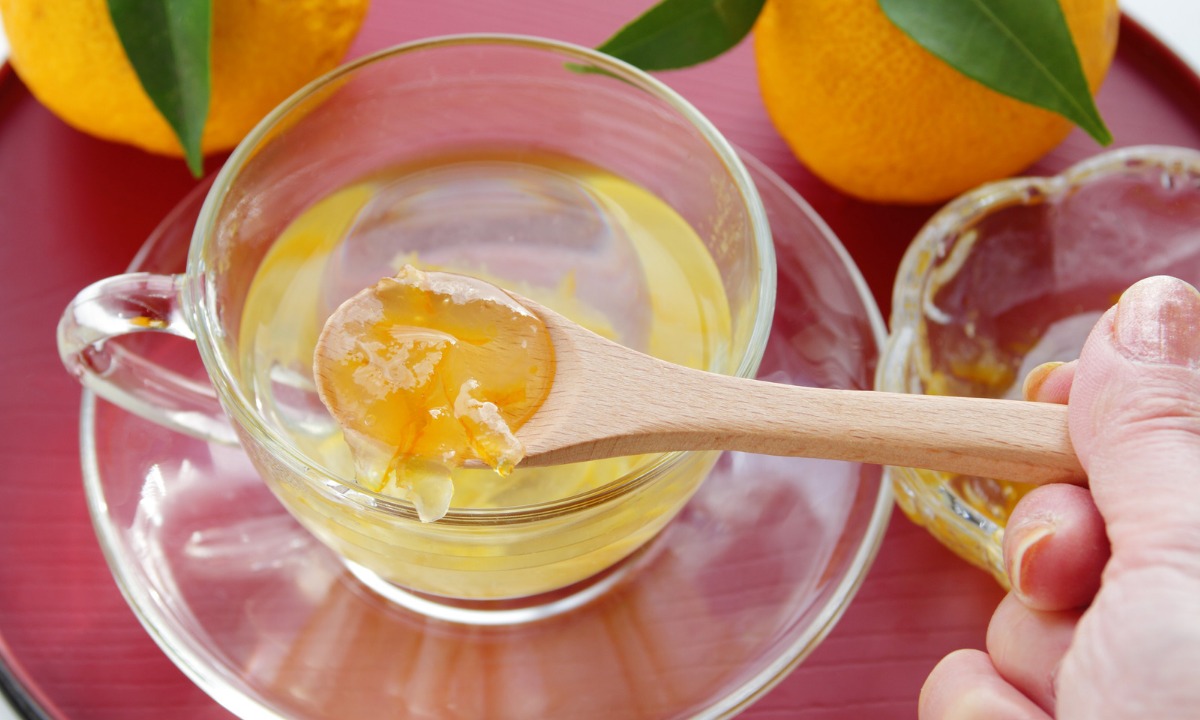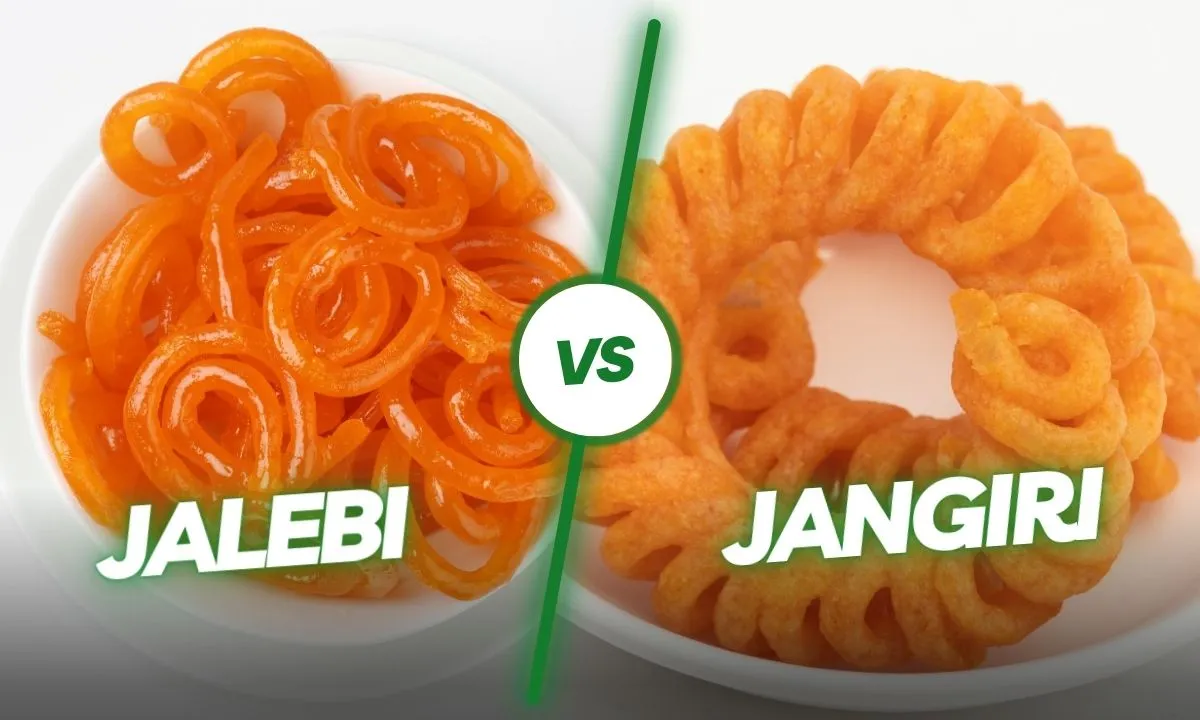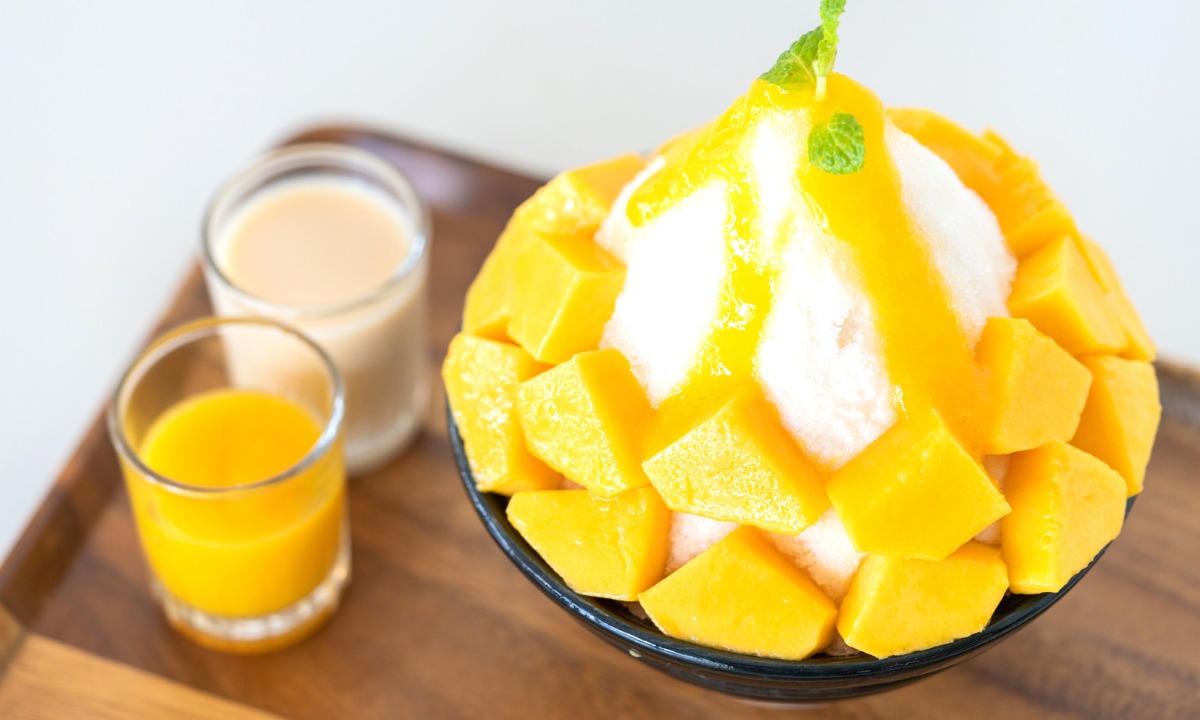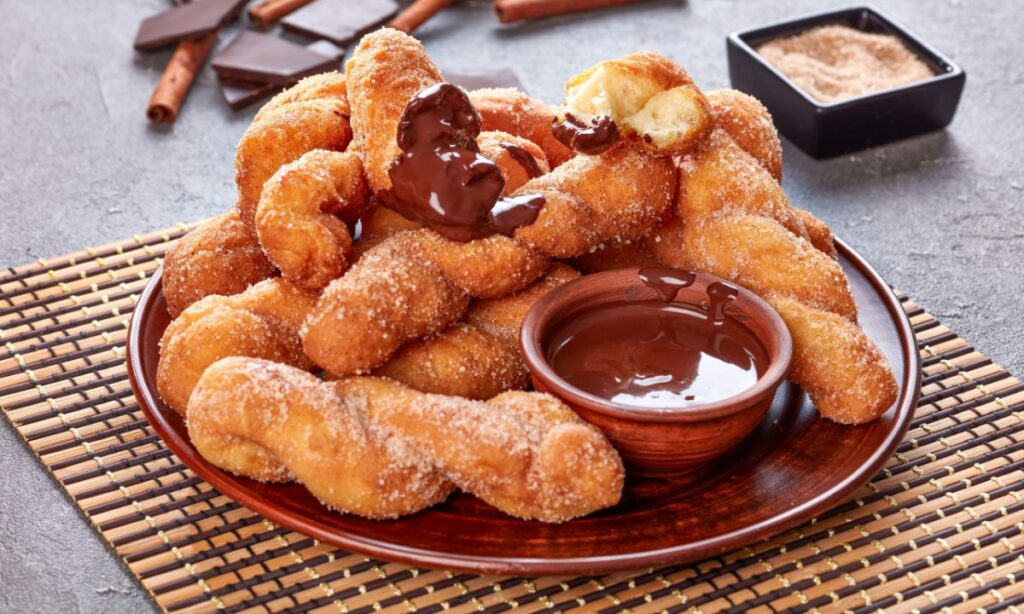
Table of Contents
Hey, there! Looking for a sweet snack for your evening cravings or late-night cravings? Well, don’t you worry, as today, we’re going to share the most amazing recipe straight from Korea! Can you guess what it can be? Oh, you already know it from the title! So, Kkwabaegi, or Korean twisted doughnuts, are one of the classic Korean treats that can easily be found at Korean bakeries as well as Korean street food stalls.
These doughnuts are widely popular for their soft and fluffy texture on the inside, which gives a wonderful experience when you begin to chew it, and it is ideally golden brown on the outside. Actually, kkwabaegi are fantastic snacks and desserts that you can have any time of the day!
I know, I know, we are all mad when it comes to doughnuts! And the recipe that I am sharing today, the Korean twisted donuts, is my all-time favorite! I am sure that after cooking this recipe and eating it, you are also going to love kkwabaegi! And the best part about kkwabaegi is that you can make them in bulk and freeze them so that you can use them later!
When it comes to Korean recipes such as Korean mandu, Dubu kimchi, etc., cooking becomes so much fun! However, the key to preparing exquisite kkwabaegi is to ensure that when you roll them, make the center part a little bit thinner compared to the end parts. Also, you have to make sure that the edge parts are nice & tight, and they should not be lumpy. And you know what, when I cook kkwabaegi, I make a lot of them at once!
How To Make Kkwabaegi (Korean Twisted Doughnuts)
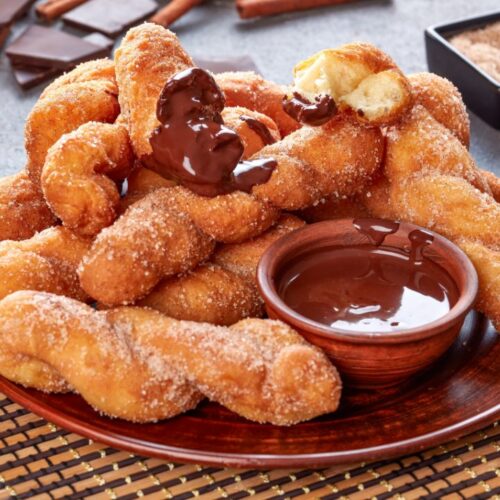
Kkwabaegi (Twisted Korean Doughnuts) Recipe
Equipment
- Brown Paper Bag
- Small-Sized Saucepan
- Large Mixing Bowl
- Wooden Spoon
- Plastic Wrap
- Cutting Board
- Big Tray
- Deep Skillet
- A Rack Or Paper Towels
Ingredients
- 5 Cups Of All Purpose Flour 2 tbsp For Dusting
- 2 tbsp Butter
- 1 Packet Of Dry Yeast Use 2 ¼ tsp
- 1 Cup Of Milk
- 1 Egg
- ½ tsp Kosher Salt
- Corn Oil For Frying
- 5 tbsp White Sugar
- ½ tsp Cinnamon Powder
Instructions
For Making The Coating
- For this, you need a brown paper bag, and add 3 tbsp of sugar and cinnamon powder to it.
- Seal it and shake it well. Set it aside until your doughnuts are ready to be coated.
For Making The Dough
- First, take a small-sized saucepan and let it get warm over low to medium heat. Add butter to melt it properly.
- Remove the saucepan from the heat and add milk, 2 tablespoons of sugar, and kosher salt. Confine everything until they are mixed well.
- Take an egg and crack it into the saucepan, and stir it well. Now, add the yeast and give it a quick stir, and let it sit for about 4 to 5 minutes.
- Transfer this mixture to a large mixing bowl. Into this mixing bowl, now you have to add 3 cups of all-purpose flour and mix everything well using a wooden spoon.
- When you feel that everything is mixed properly, get ready to knead the dough with your hands for a few minutes. After you are done doing this, give it a round shape and cover the dough with plastic wrap.
- This will enable the dough to rise and become double the size, and it usually takes around 1 to 2 hours.
- Next step is to deflate the gas with your hands and, again, knead the dough for a few more minutes until it becomes smooth and soft.
- Repeat the step, which is to cover the dough with plastic wrap and let it rest for about 30 minutes or 1 hour until it doubles in size once again.
For Rolling The Doughnuts
- It’s time to remove the plastic wrap and knead it for a few more minutes. Take a cutting board and put 2 tbsp of all-purpose flour in the top corner, which you have to use for dusting. Now, divide the dough into 15 equal pieces.
- Take a piece of the dough and slowly roll it out on the cutting board to give it a rope-like structure. If the piece of dough feels sticky, use some flour for dusting on the cutting board.
- So, when you are rolling out the dough, take your one hand towards the up and the other one towards the downside so that the rope gets twisted in between your hands.
- Now, take the dough in your hands, hold it from above, and bring the end parts together. Here the tension created in the dough will automatically twist it as it hands in there. You are free to add tension according to your choice, but actually, the fairest-looking kkwabaegi has about 3 to 4 twists in it.
- Take a big tray and place the twisted dough in it. But before placing the dough, make sure to sprinkle some flour on the tray so that it doesn’t stick to it. Repeat this process with the rest of the pieces left.
- Give some time, maybe around 30 minutes, for the doughnuts to expand. But after 15 minutes, remember to give each one of them a gentle flip using your hands so that the bottom part does not get flat and all sides are nicely expanded and round.
For Frying The Doughnuts
- Keep a deep skillet over medium to high heat and add corn oil to heat up. The temperature must be around 350°F. Now, reduce the heat to medium heat and gently put each dugout into the hot oil.
- Be careful while putting the doughnuts into the oil with your hands, as you might get hurt. Try to add as many pieces of doughnuts as your skillet allows you, so that the doughnuts can sit nicely in the oil without being pushed by each other and ruining each other’s shape.
- Cook the doughnuts for about 5 to 7 minutes. At times, gently flip them over until they turn golden brown and become crispy on the outside.
- Take out the cooked doughnuts from the oil and allow them to drain out the excess oil on a rack or paper towels.
- Now, place them in the brown paper bag that contains the mixture of sugar & cinnamon. Shake them for 4 to 5 times until they are coated nicely.
- Repeat the last step with all the doughnuts.
- Serve hot, and enjoy!
Notes
- You can make use of any coloured paper bag that you have with you.
- The coating of doughnuts with sugar & cinnamon should be done when the doughnuts are still warm as it allows the mixture of sugar & cinnamon to be observed nicely.
- If you do not have kosher salt, then any salt may work as an alternative.
- Traditionally, kkwabaegi is only coated with sugar. But the combination of sugar & cinnamon was developed recently, and actually, most of the people love it. So, if you want it, go ahead, or else you can just skip adding cinnamon.
- You have to make sure that all the ingredients are at normal or room temperature. Also, the temperature of the liquid ingredients is significant when making the yeast dough. This is so because if the liquid is not that warm, the yeast will take a lot of time to activate, and if the liquid is way too hot, it will eventually end up killing the yeast.
- Always use fresh oil for frying the doughnuts. Because kkwabaegi or doughnuts, in general, taste the best when they are fried in fresh oil.
- You are allowed to freeze any leftover doughnuts for about a month. In order to rejuvenate them, first take them out of the freezer and let them sit at room temperature for 5 to 10 minutes before serving.
Conclusion
So, what do you think about this recipe? Isn’t this recipe easy to make, simple, delicious, and irresistible? That’s how I guess this dish can be defined, according to me! I am excited to read your point of view and your experiences with this special Korean dish. Leave your comments below, and hey, enjoy this wonderful sweet snack with your loved ones!
FAQ
What Does Kkwabaegi Literally Mean?
In Korean, kkwabaegi means twisted doughnuts. This is a mildly sweet, spongy, and fluffy twisted doughnut that is prepared with glutinous rice flour dough or yeasted wheat and melted butter.
For Making kkwabaegi, Can I Use Instant Yeast?
Yes, definitely! So, if you are making use of instant yeast, use the exact same amount, and then you do not have to dissolve the yeast into the milk. You just have to mix all the ingredients to make the dough.
For Cooking kkwabaegi, Is It Okay To Use Bread Flour?
You can use bread flour in place of all-purpose flour, but then you will need to adjust the amount of egg and milk utilized in order to reimburse for the absorption of bread flour. Moreover, the texture of the Korean twisted doughnuts might differ a lot as the bread flour comprises more gluten, which results in making the doughnuts even more chewier.
